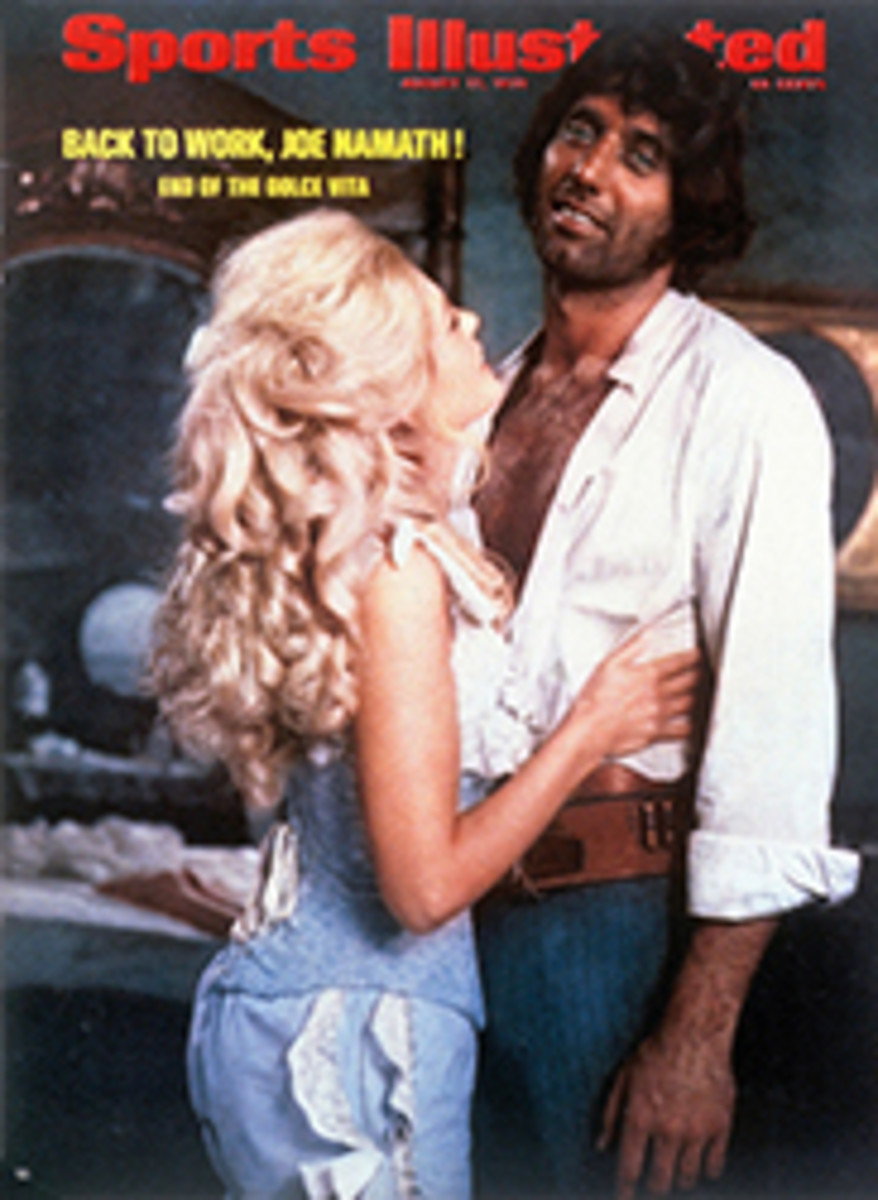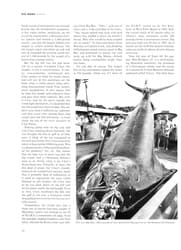
For a triangular Malay or an aluminum-spined Maltese cross, see Mr. Pearson
Alex Pearson is an aggressively gentle old Dubliner who lives in London and dreams about kites. He also makes kites—the best there are—and orders for them pour in from all over the world to Alex' bachelor fiat at 1 Samuel Richardson House, North End Road, London W14. There Pearson spends much of his time alternately cursing or conversing with a yippy Yorkshire terrier named Dombey and fashioning his gossamer marvels. When not making kites in the midst of the tinker's jumble of bicycle axles, nylon sheets, wooden dowels, aluminum tubing, plywood cutouts, nuts, bolts and odd bits of wire that clutter his kitchen workshop, Pearson is out flying them on the Kensington Gardens kiting pitch near the Round Pond model boat basin at the western fringe of the park.
Because small winds generally need big kites and vice versa, the prices of Pearson's kites vary inversely with the size of the breeze they are designed for. Gales that tug a mile-high kite with the strength of a blue marlin need "pilots"—elongated hexagons with rectangular gaps amidship. When the wind slackens, a triangular Malay is the thing, either the conventional sort with tail or stabilizing aileron, or the double-sailed split variant (apparently all kitemakers were raised on Lewis Carroll). The more adventurous flyers would probably prefer an original design of Pearson's, the aluminum-spined Maltese cross, which carries two mainsails, two adjustable jibs, and in flight is as fickle as a psychiatrist's wife.
When even the most sensitive wetted fingers can barely detect movement in the air, Pearson prescribes delicate, lazy split rollers with twin sails or Baden-Powells, six feet across and capable of riding the feeblest rising thermal currents up to—and through—the gray ceiling of London.
Alex Pearson makes kites for the love of it, and it shows. His prices range from about $3.60 to $14, but most of the money goes for materials. Like everything in Britain, the cost of kites depends not so much on what they are but what they're made of. A Maltese cross with adjustable twin jibs, for instance, will cost about half as much in ordinary material as in paper nylon, the Harris tweed of kiting.
Pearson started making kites more than 40 years ago after watching the satisfied face of a flyer in London's Wormwood Scrubs one foggy day in 1925. He's been at it ever since. A retired maintenance man, now 73, Pearson has lived to see the reputation of his kites spread throughout the world.
Why does he fly? Because, says Pearson, "Kiting is the only sport I know that you don't end up hurting someone."

